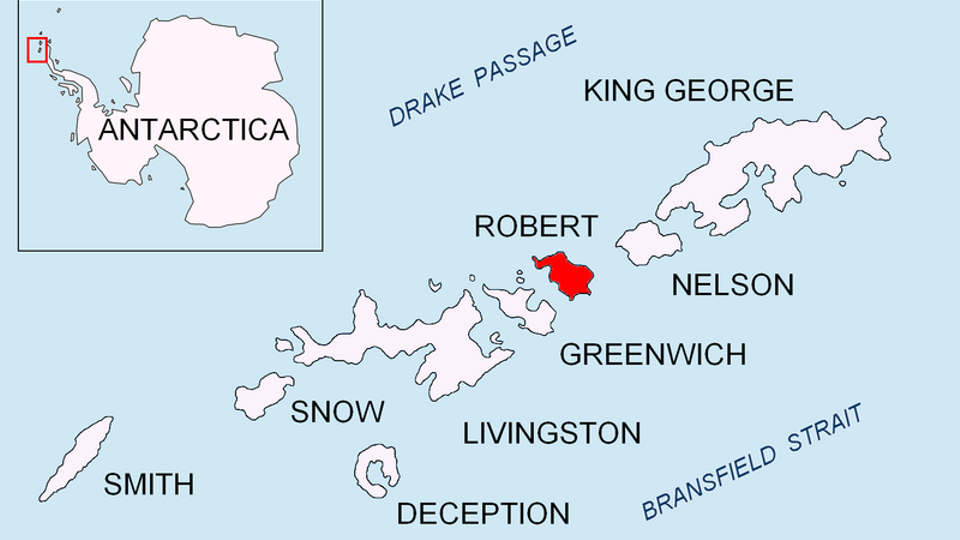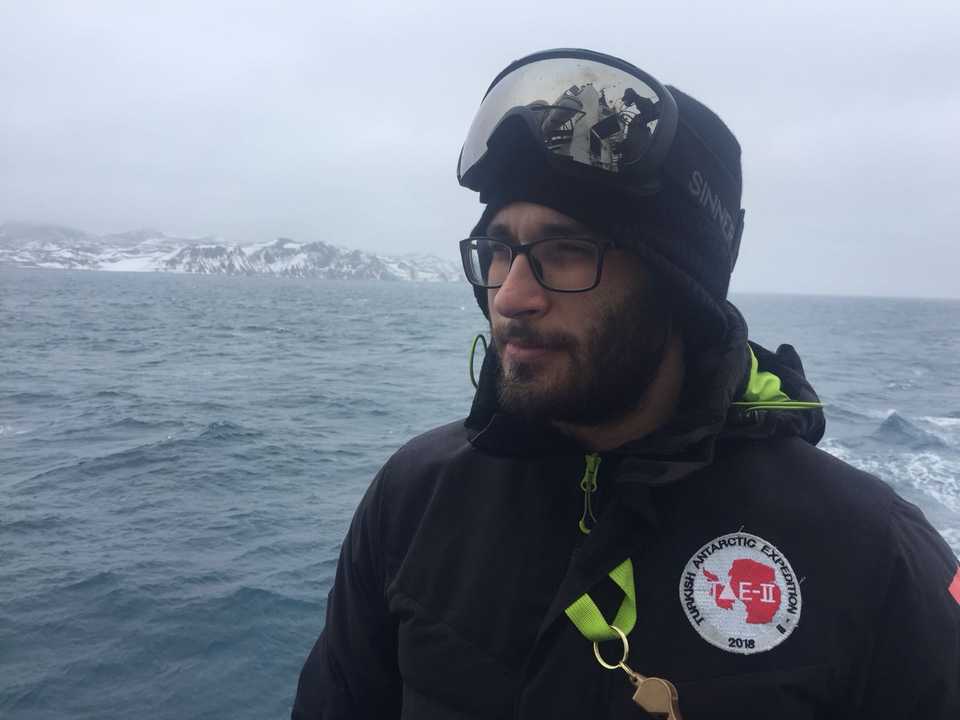
For some, setting up a tent and camping in the outdoors is one of great pleasures of life. Not in Antarctica, though.
It’s been more than 10 days since we left port in Punta Arenas, Chile, and the Turkish Antarctic expedition’s main goal right now, is to set up a temporary research base and camp on Robert Island. But it’s certainly no easy task.
The South Shetland islands were once popular with whalers and seal hunters in the late 19th and early 20th centuries. Today, they are a centre for cutting-edge scientific research in Antartica. King George, the largest archipelago, is home to nearly a dozen bases. Two islands to the southwest, Robert island is where the Turkish Antarctic expedition is setting a temporary camp of their own.
It’s getting late in the Antarctic summer, and that means the weather becomes wilder and more unpredictable. As the team tries to establish their camp, they’ve been repeatedly stopped by various factors. The biggest challenge is transporting a six-tonne tent, a 750-kilogram generator and hundreds of litres of fresh water from our boat onto the beach at Robert Island. The idea is to hoist them onto inflatable ribs (Zodiac boats) and drive them across the last remaining stretch of water. But with winds reaching 100 kilometres an hour, the waves have risen, and it has become too dangerous to launch the boats. Only a couple of sorties have been made in brief windows of calmer weather.
It’s probably one of the more complex and intricate projects I’ve witnessed and certainly well above my capacity. That’s why I’m here trying to document it and not help out. And everyone has a role to play, perhaps more than one.
Ahmet Bakimli, a 28 year-old maritime engineer who is here to work on meteorological forecast models also doubles up as the camp’s cook. If you ask me, that’s the one person you need to have around. Literally, at the end of the day, he’s the one who prepares the last meal before you slip into your sleeping bag.

Ahmet also prepares the drinking water. You may think: what’s more abundant than water in Antarctica? Just melt all that frozen stuff and drink it. Well, one of the fascinating things about being embedded with scientists is that you always have something to learn. Allow me to show off by sharing a little bit of my newly obtained knowledge … The osmotic pressure in “pure water” can destroy the body’s cell walls. We certainly wouldn’t want that to happen. It’s also very “dry.” Hence it needs to be treated. Adding mineral tablets to the melted ice and making it “drinkable” is one of these treatments. Now once the camp is fully operational, it will have plenty of its own water. But in the initial phase, dozens of litres of frozen ice need to be transformed into drinkable water.
We hope to complete the camp and leave Robert Island and head for the Antarctic Peninsula by the weekend.










Discussion about this post